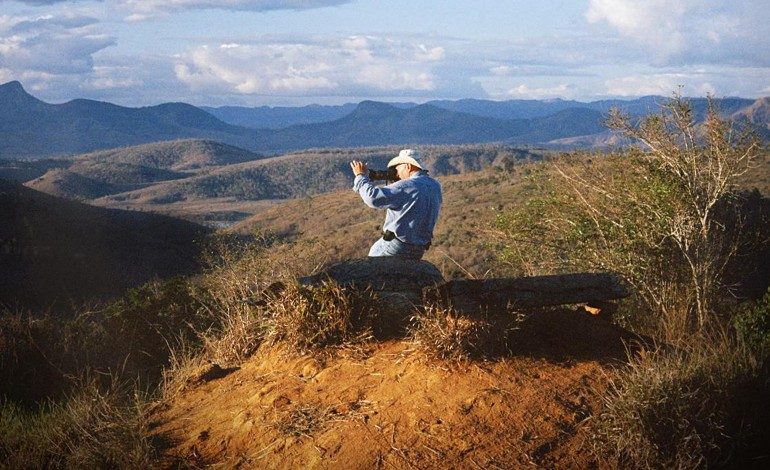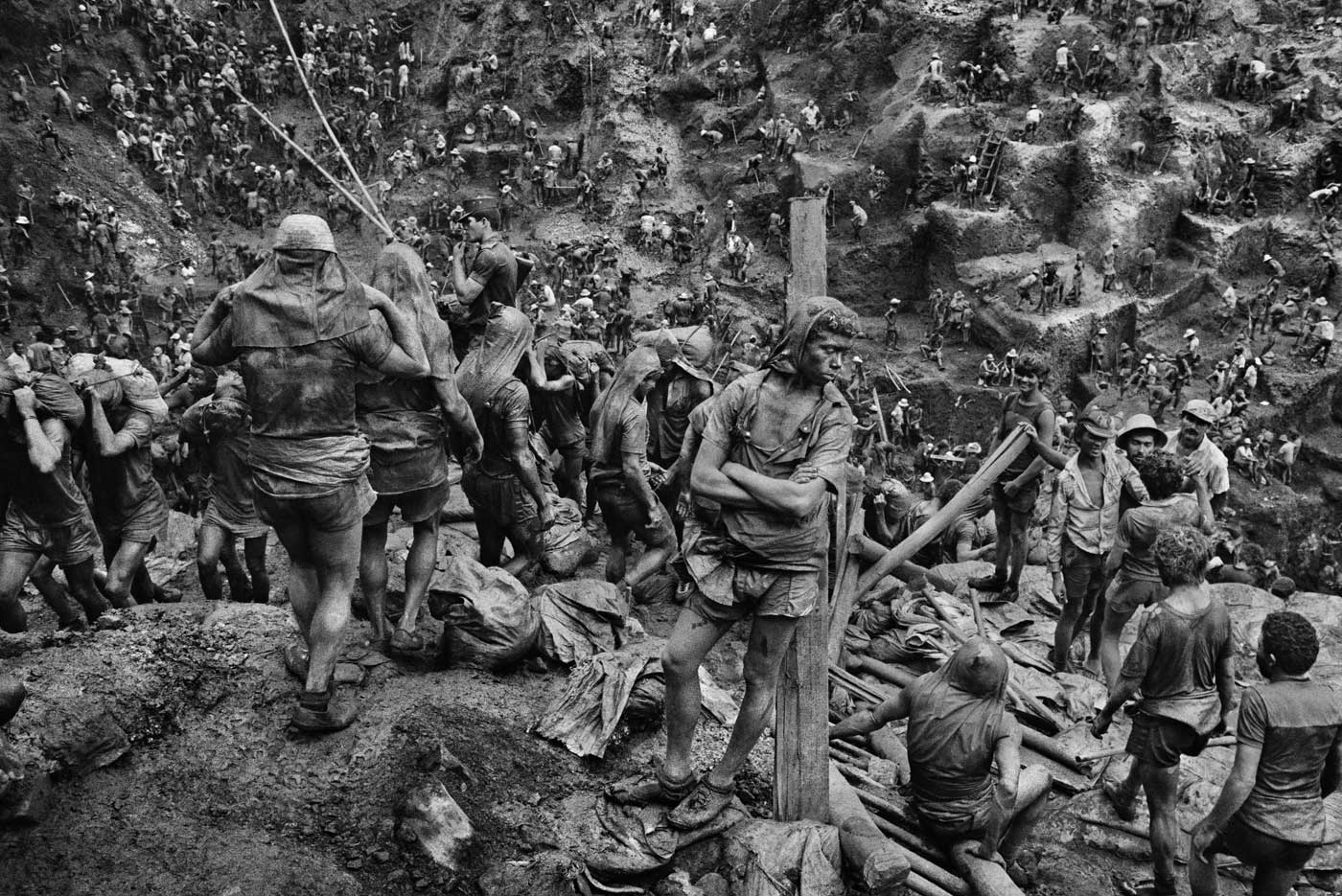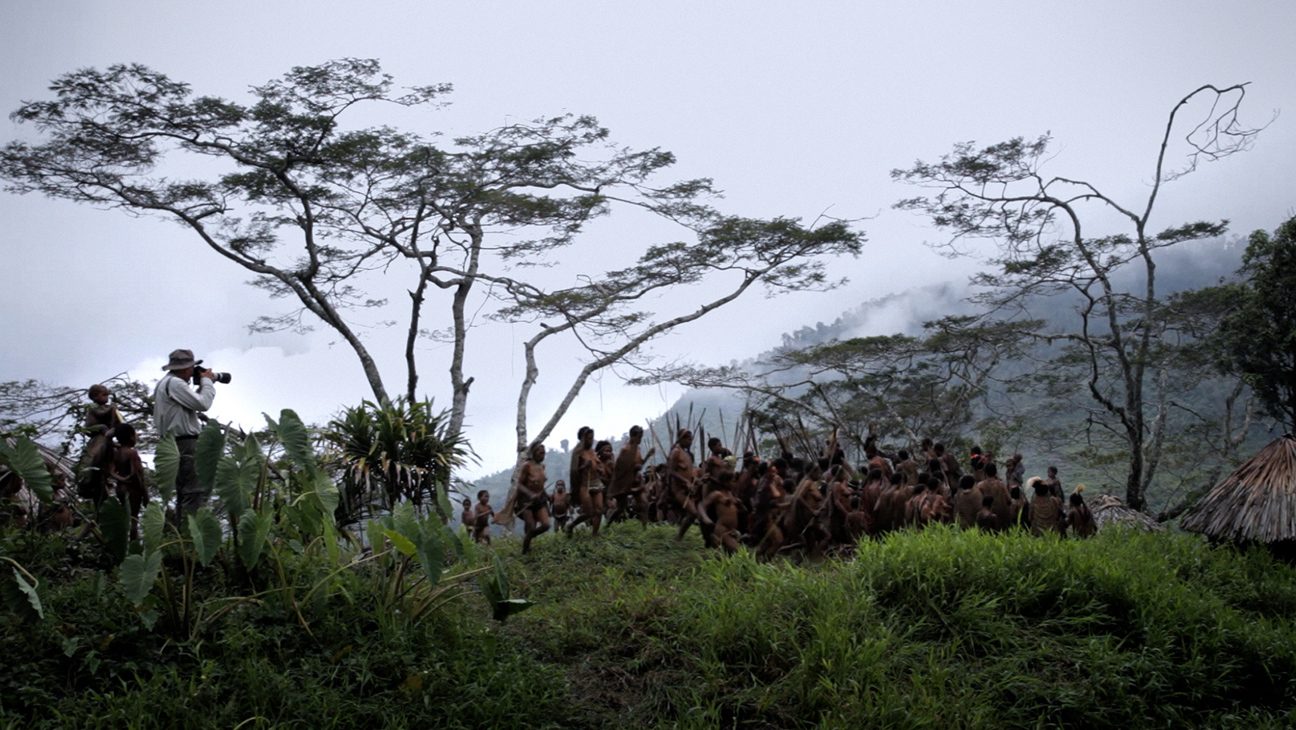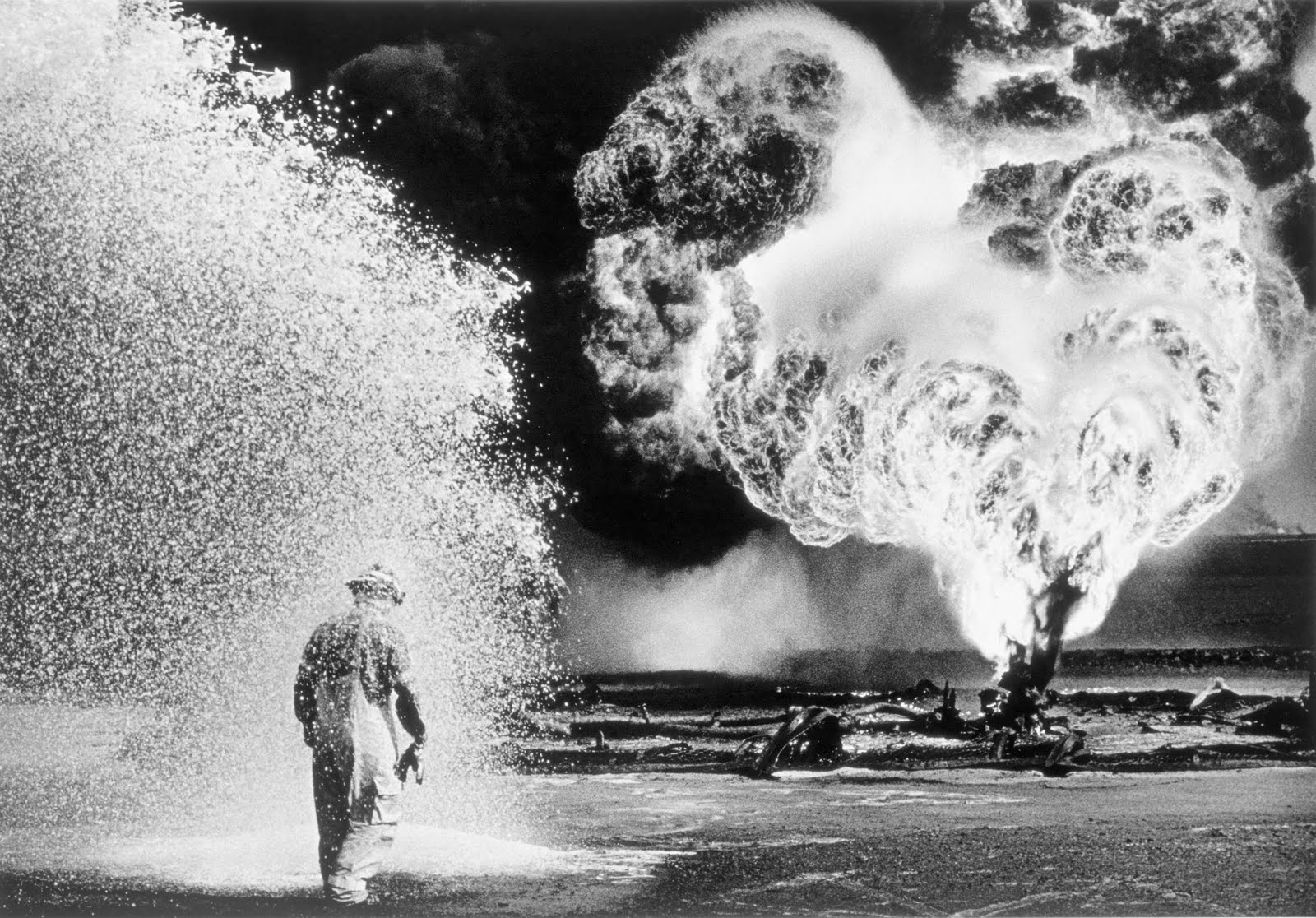

Audiences often take the largest decision made by a documentary for granted: the decision to make the film. Having an eye for the story in everyday life is a gift, and can often create compelling drama where you’d least expect it, King of Kong perhaps being the prime example. Likewise, it can be difficult to draw a distinction between a good documentary, and a good documentary subject. Such is the problem I have with Salt of the Earth, the new film by Wim Wenders (Wings of Desire) and his co-director Juliano Ribeiro Salgado.
You probably don’t know it, but you’ve almost certainly seen at least one of Sebastião Salgado’s photographs. Over the last forty years, Salgado has taken some of the most striking and affecting photographs in the history of the art form. Originally an economist, he abandoned a promising financial career to pursue photography across the globe. His work has taken him to the most remote corners of the world and dropped him into many of the major events of recent history, from genocide in Africa, to the poor in South America, to the oil fires of Kuwait, to the natural landscapes of Siberia. Sebastião’s photographs tell the story of the 20th century.
Salt of the Earth is, in many ways, a simple biographical documentary. It’s comprised of interviews, live footage, and archival material. However, unlike most documentaries where the archives document the subject, here we have a lifetime’s worth of photographs taken by the subject. Wim Wenders and Juliano Salgado (who is Sebastião’s son) use these photographs to great effect, essentially dropping us in Sebastião’s shoes, immersing us in the beauty and horror he’s seen. Salgado’s pictures are beautiful, and occasionally breathtakingly powerful. If nothing else, Salt of the Earth is a wonderful compendium of his work.
Sebastião lifts a great burden off the shoulders of his documentarians simply by having lived a life that has a satisfying narrative to it. Sebastião grew up on a beautiful Brazilian farm surrounded by a rainforest that fell into disrepair over years of draught. After decades of photographing some of the most profoundly moving and often horrifying events in recent history, Sebastião considers retiring, exhausted by the savagery of the human race. It’s at this point that the film takes on an ecological viewpoint, as we see Sebastião and his wife become increasingly invested in rebuilding the rainforest surrounding his childhood home, and Sebastião becomes reinvigorated by the idea of nature photography. After seeing Sebastião’s life laid out in photos, the film’s final act feels a bit like a reprieve. We feel his exhaustion and we celebrate his soul’s rebirth through photography.
Wenders and Salgado have nailed the largest problem a documentary faces: they’ve chosen an excellent subject. The execution is slightly more problematic. Salt of the Earth makes extensive use of voice over, usually from Sebastião himself. He speaks candidly about his work and about his life on the road. We also hear from both directors, with Salgado providing the compelling perspective of a boy contending with his constantly disappearing father and Wenders describing how he came to be aware of Salgado as a photographer. These additional voices, particularly Wenders’, often feel like unnecessary chatter. In one particularly irksome bit of narration, he describes how he went to document Sebastião, saying, “Little did I know that I was going to discover much more than just a photographer.” The proclivity to fall back on these soundbite-y platitudes makes the film occasionally sound a bit more like an undergrad thesis than Oscar-nominated film.
The Verdict: 3 out of 5
Salt of the Earth makes some miscalculations and missteps in its execution, and one can’t help but wonder if there isn’t a tighter, more satisfying version of this story waiting to be told. But Sebastião’s photographs and the story of his life are powerful enough to still make this a satisfying film. Salt of the Earth is the best history we have at Sebastião Salgado’s life and work, and for that reason alone, it’s worth a look.




